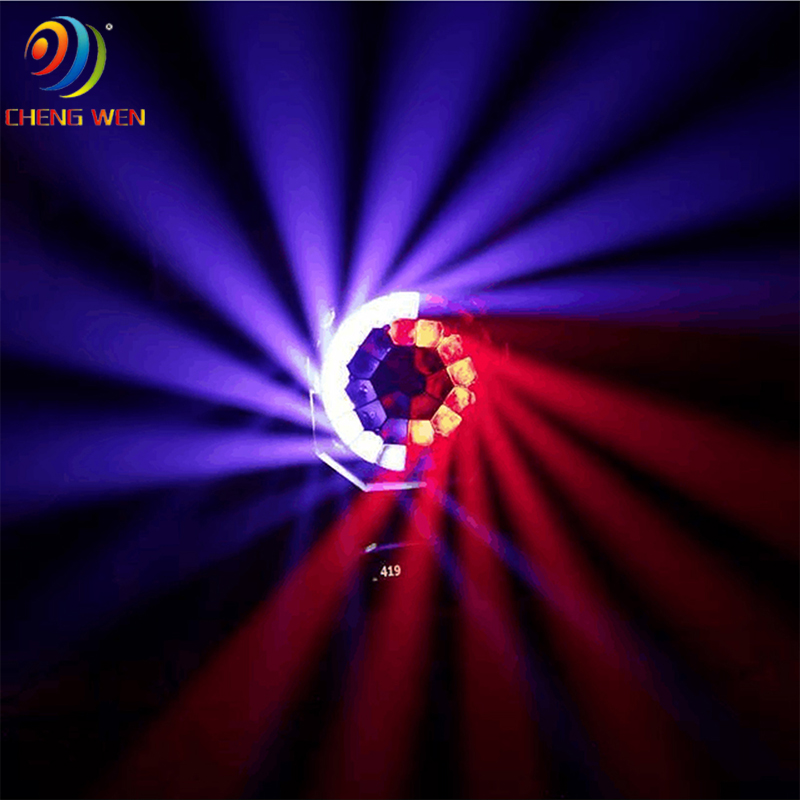The rise of new energy vehicles is accelerating, and their core component, the power battery, has become a focal point from policy makers to investors. Recently, the Ministry of Industry and Information Technology began developing a comprehensive recycling management system for new energy vehicle batteries. At the same time, capital markets are increasingly focusing on this sector, pushing the industry into a fast lane.
As early models reach the end of their lifecycle, companies are facing challenges with low battery resale rates. Cui Weihua, deputy secretary-general of the Automobile Information Service Committee, noted that after five years of use, the residual value of new energy vehicles drops to around 20%. Recycling, he said, is essential for automakers, and future trends will likely focus on shared leasing models.
The Ministry of Industry and Information Technology has taken initial steps toward managing power batteries, introducing a producer responsibility extension system. Miao Wei, Minister of the ministry, emphasized that automakers must take responsibility for battery recycling. This move aligns with growing concerns about environmental impact and the need for sustainable practices.
Currently, many electric cars have a 40% residual value after three years, but this drops to just 20% by year five. Experts attribute this decline to factors such as vehicle quality, technology, and usage patterns. However, third-party valuation firms lack sufficient data to accurately assess the depreciation of new energy vehicles. Some used car dealers even refuse to accept them due to battery degradation and price subsidies.
Despite the lack of standardized valuation methods, the demand for battery recycling is expected to surge. By 2020, China’s power battery scrap is projected to exceed 248,000 tons—20 times higher than in 2016. With millions of new energy vehicles expected to hit the roads by 2030, the volume of batteries needing recycling will be massive.
Improper disposal of these batteries could lead to serious environmental issues, while proper handling presents a huge business opportunity. Industry analysts stress that effective recycling systems are critical to avoid secondary pollution.
Several automakers are already exploring innovative recycling solutions. For example, Beiqi New Energy is working on separating vehicles from batteries, allowing consumers to rent or purchase batteries separately. This model aims to lower costs and increase accessibility. Similarly, some companies are experimenting with battery reuse in low-speed vehicles, leveraging second-life applications.
Experts believe that battery recycling and repurposing will become key differentiators in the industry. As technology advances, companies that invest in recycling infrastructure and innovation will gain a competitive edge.
Despite challenges, the future of new energy vehicles looks promising. Government policies continue to support growth, and major automakers are investing heavily in battery technology. From joint ventures between SAIC and CATL to BMW's new high-voltage battery center, the industry is rapidly evolving.
With stricter regulations and increased awareness, the power battery sector is moving toward a more sustainable and efficient future. As the market matures, recycling and reuse will play an increasingly important role in shaping the industry’s long-term success.
The moving head light series is an indispensable style of stage lighting. Washing lights and focusing lights can add more beautiful color dynamic effects to the stage and make the stage more colorful. Applicable places include various large and small stages, bars, restaurants and other places, one of the essential products for light shows. More other types of moving head lights, such as laser beam lights, phantom electrodeless lights, COB moving head lights, etc., rotate 360 degrees to make the stage more dynamic.

Moving Head Lights,Led Moving Head,Mini Moving Head Light,Led Moving Head Light
Guangzhou Cheng Wen Photoelectric Technology Co., Ltd. , https://www.cwdisplay.com